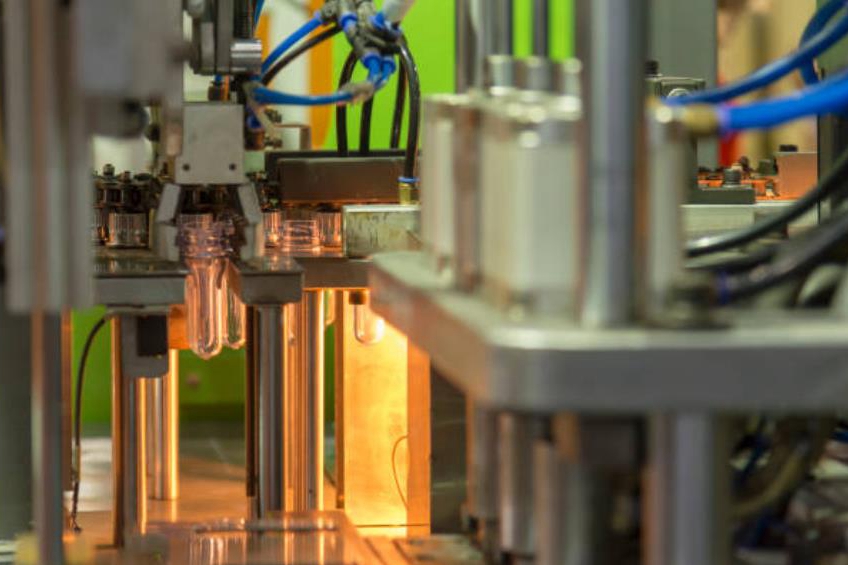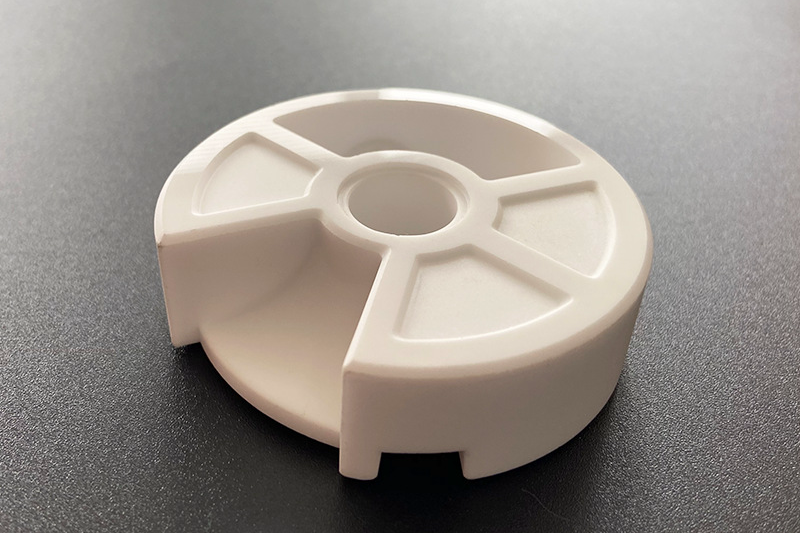What waterproof ratings must outdoor lighting connectors meet, and how are they achieved?
For outdoor lighting systems, connector sealing must guarantee long-term resistance to rain, high humidity, dust, and temperature cycling. From an engineering perspective, most manufacturers design their products to meet at least IP65, while heavy-duty streetlights and architectural systems often require IP67 or IP68 ratings. These ratings define the protection level against solid particles and water ingress. To achieve these requirements, connector geometry, material selection, manufacturing precision, and surface protection must be co-engineered from the start of custom parts manufacturing projects using processes such as injection molding, metal injection molding, and overmolding. Proper interface sealing ensures that internal contacts remain stable after thousands of mating cycles in harsh outdoor environments.
IP Rating Requirements for Outdoor Connectors
IP65 is sufficient for most outdoor fixtures where connectors are partially sheltered, but IP67 is preferred for installations exposed to direct rainfall or ground-level moisture. IP68 is mandatory for buried lighting systems or underwater architectural installations. Achieving these ratings requires controlled wall thickness, zero flash at mold parting lines, and precision sealing achieved through silicone rubber gasket molding or overmolding with thermoplastic elastomers. Prototype validation is typically conducted through pressure and immersion testing using samples produced via CNC machining prototyping or rapid molding prototyping.
Material and Geometry Strategies to Prevent Ingress
High-performance plastics such as nylon (PA), PBT, and polycarbonate provide strong dimensional stability and resistance to UV degradation. For center housings or terminal blocks, metals produced via MIM 17-4 PH and MIM-430 deliver strength for fastening or locking interfaces. Critical regions must incorporate tapered sealing grooves and press-fit areas. Complex sealing geometries are often achieved using ceramic injection molding or high-precision sheet metal fabrication when integrated brackets or heat dissipation fins are required.
Surface Treatment for Environmental Resistance
Beyond sealing, surface treatment is essential to ensure long-term reliability. Processes like painting and powder coating form protective barriers against corrosion and UV aging. Metal contact areas benefit from electroplating or PVD coating to prevent oxidation and reduce contact resistance over repeated mating cycles. Thermal cycling tests are frequently performed on prototypes produced through prototyping or 3D printing prototyping to ensure that surface coatings maintain adhesion under fluctuating temperatures.
Validation and Custom Manufacturing Approach
Reliable outdoor connector sealing cannot rely solely on gasket design—it must be tested holistically. Using custom parts manufacturing service, validation typically includes pressure decay tests, salt spray evaluation, and accelerated aging. For high-precision geometries and pilot production, CNC machining prototyping ensures tolerance control. When volumes increase, production moves to injection molding with optimized draft angles. For tight sealing zones, overmolding or insert molding eliminates manual assembly errors and ensures IP67/IP68 compliance with highly repeatable sealing performance.



